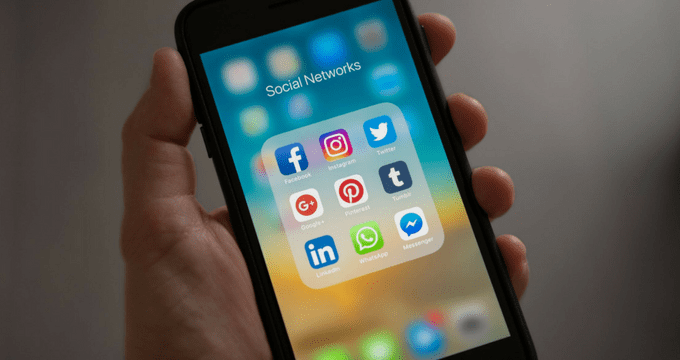
Social media marketing is a leading marketing tactic for many companies operating in B2C and B2B spaces. As easy-to-use channels flock users to personal and professional accounts, having a social media presence is often an ideal way to reach out to, engage with, and inform customers without blowing up the marketing budget. To really use social media to its full advantage, however, you need to use it strategically to connect with current and potential customers all around the world – this means translating social media content.
When your customers and target audience are spread across various countries and regions, planning a social media campaign can quickly become complicated. Language is a huge part of using the Internet and social media sites; failing to address this can leave many customers in the dark and, in turn, have a negative effect on your company itself over time. In fact, stats from the Common Sense Advisory show that 72.4% of internet users are more likely to make a purchase from a brand that uses their own native language to communicate with them online.
Reasons to Hire a Translator for Social Media
Translating for social media campaigns is a beast best tackled by those most prepared – professional translators themselves. While some businesses may think that utilizing professional translations for social media may be a sunk cost, the true value is realized when running through the numbers at the end of a campaign. Hiring a translator to accurately translate the content for your complete social media campaigns and promotions is the only way to ensure that your message is conveyed the way you intend it to be, that your audience will fully understand and that they’ll be more likely to convert. Here are just a few of the huge reasons why using a translator for social media content and promotional materials is always worth it.
When you focus on a wider global reach, you can promote products and services year-round.
If you’re in a seasonal or cyclical industry, holding promotions year-round in different parts of the world that your audience lives in is a very strategic move. In this sense, you can hold a social media campaign to promote a line of sweaters in New York in the Spring, and something similarly targeted to Spain in the Winter, leading to more consistent sales and ongoing awareness.
As a perfect example, this Uniqlo campaign targeted customers in Australia and Japan (same time of year, different seasons) using translated social media content – as a result of this targeting and accurate translation, they had even greater success and ROI. Maintaining and embracing cultural norms in different parts of the world is so incredibly important to building up your brand, its following, and its success internationally.

Only around 25% of people online are English-speakers, and words often don’t translate directly.
Connecting with social media users around the world can only happen when online content is catered to those who speak other languages. Social campaigns that work well in one region won’t necessarily work in another as well, and understanding and integrating the nuances of language are one benefit that only translators can offer.
Businesses often use quick and easy translation tools to get these kinds of social media translations done – like Google Translate – assuming that the end results will make sense. The problem is, when you assume people who speak another language will simply figure it out, you’re forgetting one important thing: not all words are able to be translated directly. In fact, most languages are not simple to translate to and from; at first pass, your would-be audience will be left confused and unlikely to ever purchase your products/services.
Automatic translations can only do so much.
The allure of quick, free translation tools can be too much to handle as a savvy business owner or marketer; but, beware. The free translation services offered by some social media sites like YouTube are less than accurate, and automated translations are notorious for producing poor materials that often times won’t even make sense in the target language. When in doubt, it’s always better to utilize a professional who can work within your timeframe and budget for perfectly accurate social media campaign translations.
Real live translators can also take some other key social media channel-related factors to heart during the process, considering such things like:
- The kinds of hashtags in use in various countries and segments
- How slogans and keywords are translated (or rather, how they can’t be directly translated)
- Using the right social channels for the right audiences globally (audiences in China have different tastes in social channels compared to those in Germany or Canada, for instance).
When you use a professional translator to translate for a social media campaign, you’re making a sound investment in your customers and the future of how your brand is perceived worldwide. Translating social content (and social advertisements) increases the number of likes, shares, and comments that each post receives, pushing your page to an even bigger audience. Additionally, translating for social media makes a brand appear more customer-focused, which can lead to even better sales and success over time.
Social media is an essential marketing and communication tool for businesses around the world, and by far the best way to do it right is to speak to your audience in their own, native language. At Language Department, we employ translators with specialties in many fields, including marketing and social media, who are on-call to help convey your message perfectly.




